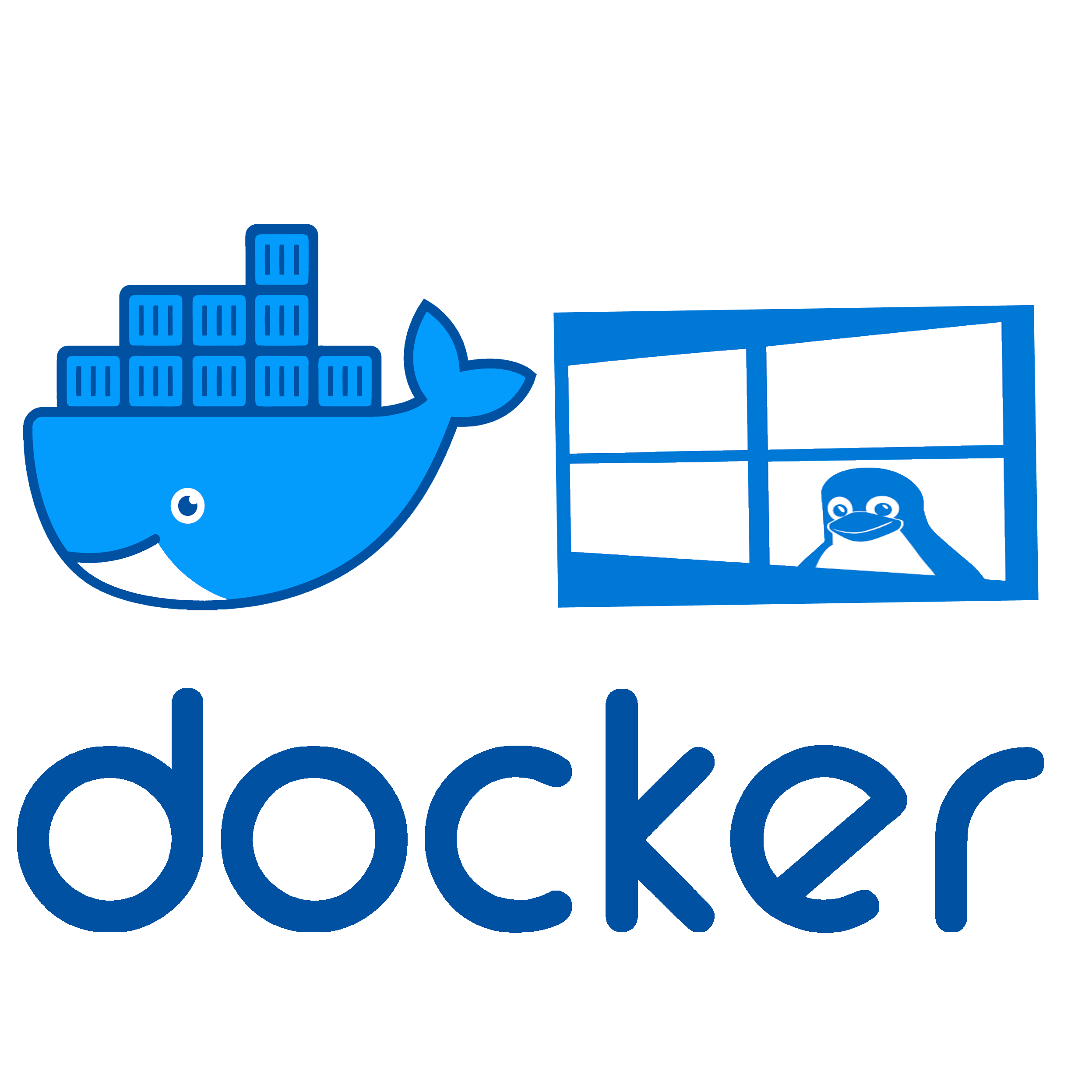Mail-in-a-Box – Self-Hosted Email That Doesn’t Eat Your Weekend
What is Mail-in-a-Box
Running your own mail server used to be a nightmare — DNS records, spam filters, TLS configs, weird failures at 3 a.m. Mail-in-a-Box tries to take that pain and bury it under automation. You spin up a clean Ubuntu box, run a single command, and in ten minutes you’ve got a working mail system with webmail, DNS, spam filtering, encryption — the works.
It’s not a fancy mail platform. It’s not for massive corporate rollouts. What it is, though, is everything you need to run email for a domain — in one place, with sensible defaults, hardened security, and no need to dig through 20-year-old Postfix documentation.
Perfect for small orgs, side projects, dev teams, or anyone tired of renting mailbox space from big vendors.
Why It’s Practical
| Component | What It Covers |
| Postfix + Dovecot | Sending, receiving, and storing mail (SMTP/IMAP) |
| SpamAssassin + ClamAV | Spam filtering and virus scanning |
| Roundcube | Browser-based webmail |
| DNS (NSD) | Authoritative DNS server with auto DNS zone setup |
| Let’s Encrypt | TLS certificates with auto-renewal |
| DKIM, SPF, DMARC | Proper email authentication out of the box |
| Nextcloud (optional) | Contacts and calendar sync (CardDAV/CalDAV) |
| Backup system | Daily encrypted snapshots, stored locally |
Installing It (Reality Version)
Clean Ubuntu 22.04. Nothing else. No pre-installed Postfix, no Docker, no surprises.
curl -s https://mailinabox.email/setup.sh | sudo bash
You’ll be prompted for an email domain, a hostname, and a few passwords. After that, the box configures itself — including DNS, DKIM keys, TLS certs, everything.
Once setup is done, check https://box.example.com/admin for the control panel.
To add mail users, just open the web UI. No CLI gymnastics needed.
Good Use Cases
– Hosting your own email for a single domain with minimal overhead
– Running mail for a dev team or family on a small VPS
– Replacing hosted email when privacy or control is a concern
– Setting up an air-gapped internal email system for testing or lab work
– Teaching how SMTP, IMAP, and DNS interact — by actually using them







